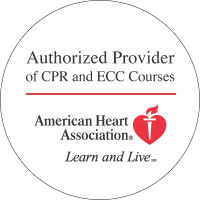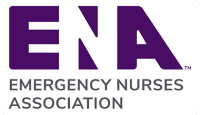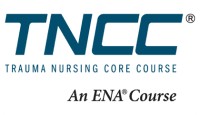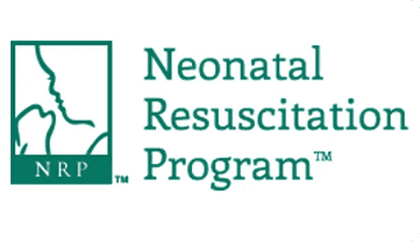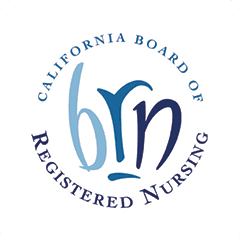High-quality early trauma care can mean the difference between life and death. It can also help to determine the extent of complications from injuries and the length of time that the individual will need to spend in the hospital.
The Steps of Great Trauma Care
In general, great trauma care will begin with a quick primary survey to look at the basics of breathing and circulation and to get baseline readings through non-invasive tools, such as electrocardiograms. Next, trauma care providers will perform a secondary survey, which will dig further beneath the surface to discover more in-depth problems and to provide a plan for management of symptoms and injuries.
Care providers performing primary assessments of trauma patients will begin with the A, B, C, D and E of basic health care. The letter A refers to the airway and ensures that the patient has a patent airway and that his cervical spine is stabilized. The letter B refers to breathing and ensures that the patient is breathing on his own and is taking in sufficient oxygen. The letter C refers to circulation and ensures that the patient’s heart has a perfusable rhythm and that there is no bleeding preventing oxygenation of the entire body. Finally, the letters D and E refer to disability and exposure and would refer to shock or coma and well as to environmental exposures, such as extreme cold.
Once these basic life-sustaining measures are taken, health care providers will look at patient conditions more in-depth through the secondary survey, which provides a head-to-toe assessment of the patient and looks at the patient’s medical and surgical history whenever it is available. The information garnered from this survey will help to guide diagnosis and further life-sustaining treatment. At this point, other specialties may be called in to assist with primary patient care, such as a cardiothoracic surgeon or gastrointestinal doctor.
Staying Up-to-Date with Certification
Of course, to get the most up-to-date information about care for trauma patients, including tips for your initial assessment and triage options, consider taking a continuing education and certification course specifically designed for doctors, nurses and other advanced care providers in the emergency room. While the Certified Emergency Nurse, or CEN certification is one good option for registered nurses, the Trauma Nursing Core Course is an excellent solution for a variety of care providers who need to provide rapid care to severely injured patients.
Although the TNCC certification is primarily designed for registered nurses, non-RN health care providers can also participate in both the written and skills sections of the course as well as the test and will also receive a Certificate of Attendance. It is important to note that non-RN professionals will not receive a verification card but will still receive contact hours that they can use toward their continuing education requirements for professional license renewal.
While many schools and online sites offer TNCC certification courses, you will want to choose a course from a trustworthy provider who provides lectures and skills stations managed by experts in the field. Consider Project Heartbeat for a TNCC class in the Bay Area of California. With a class like this under your belt, you can feel more confident in your daily care of emergency and trauma patients.


